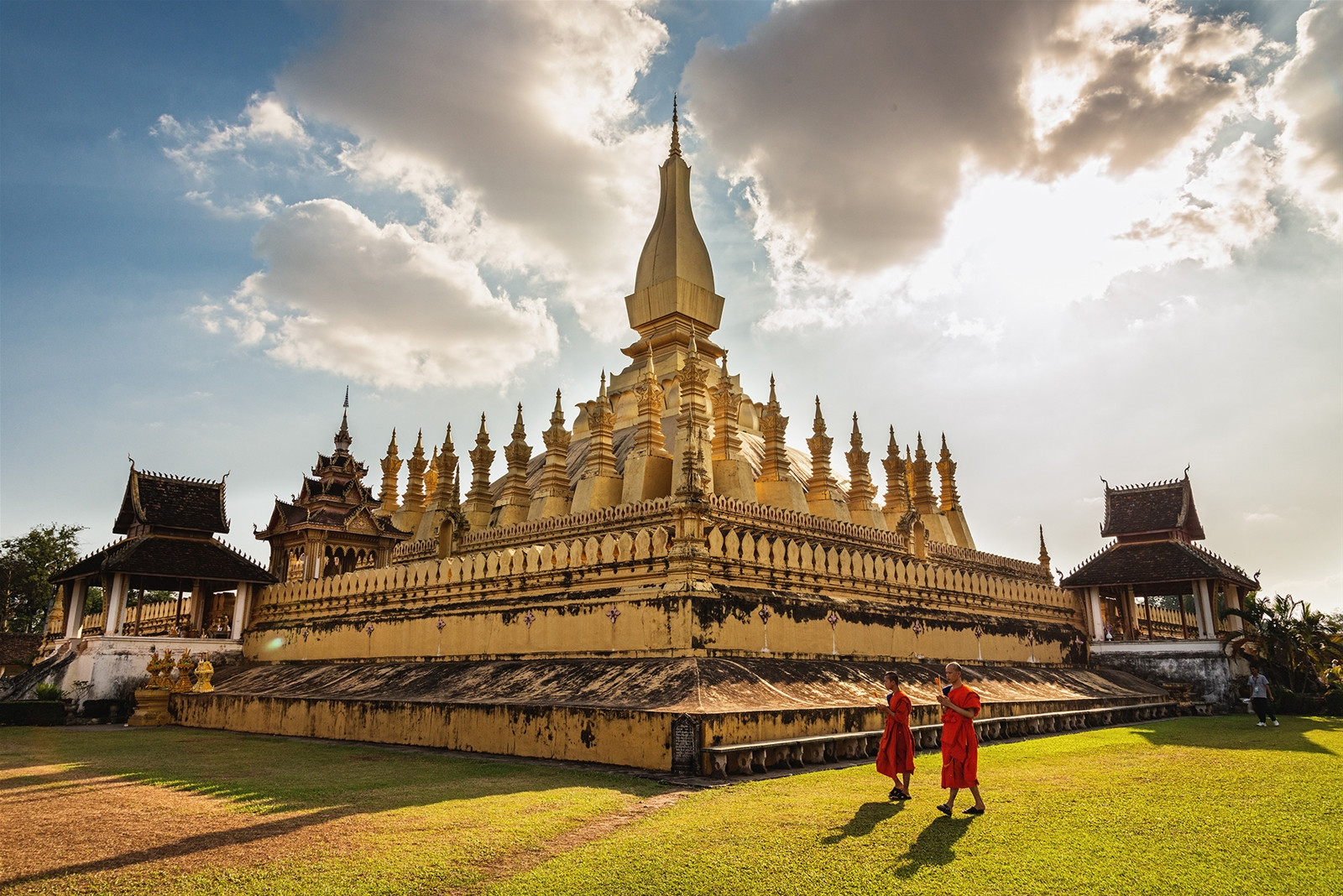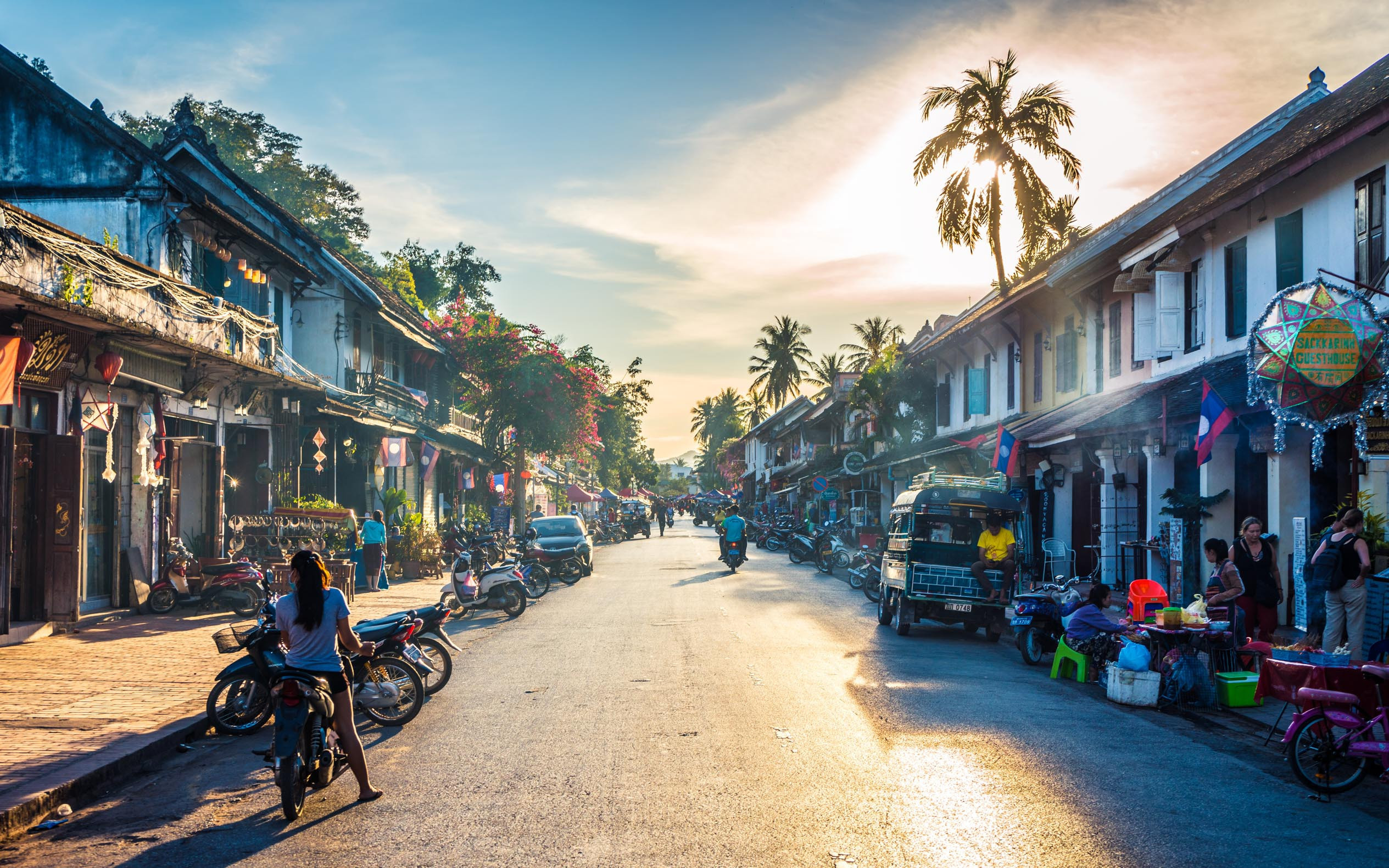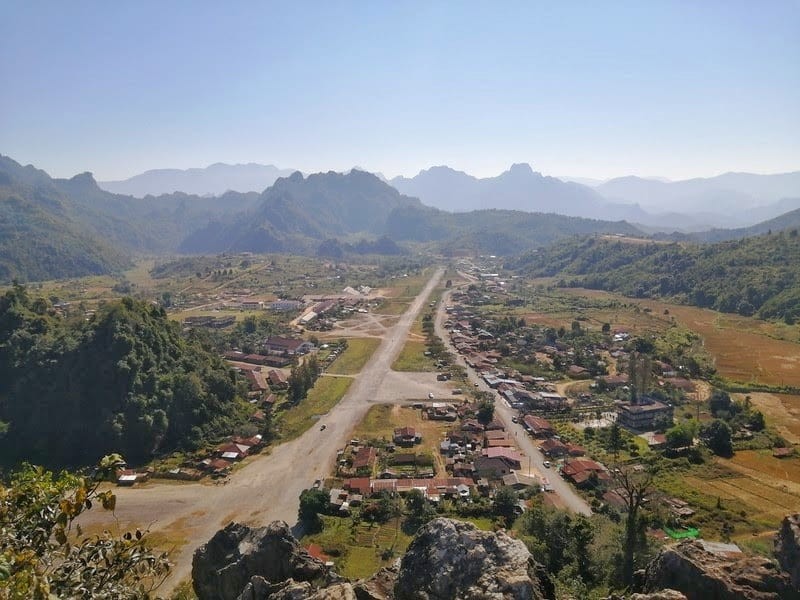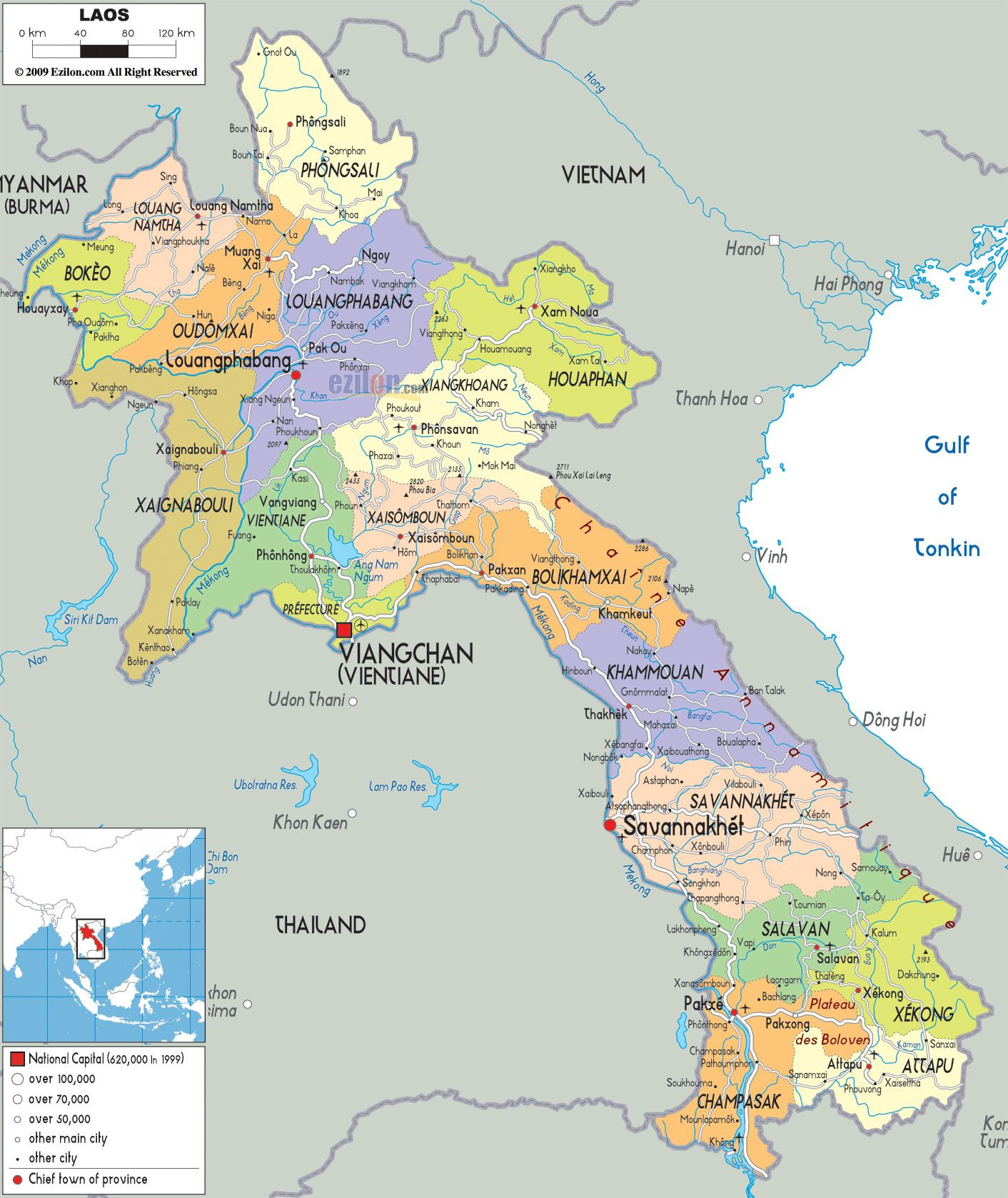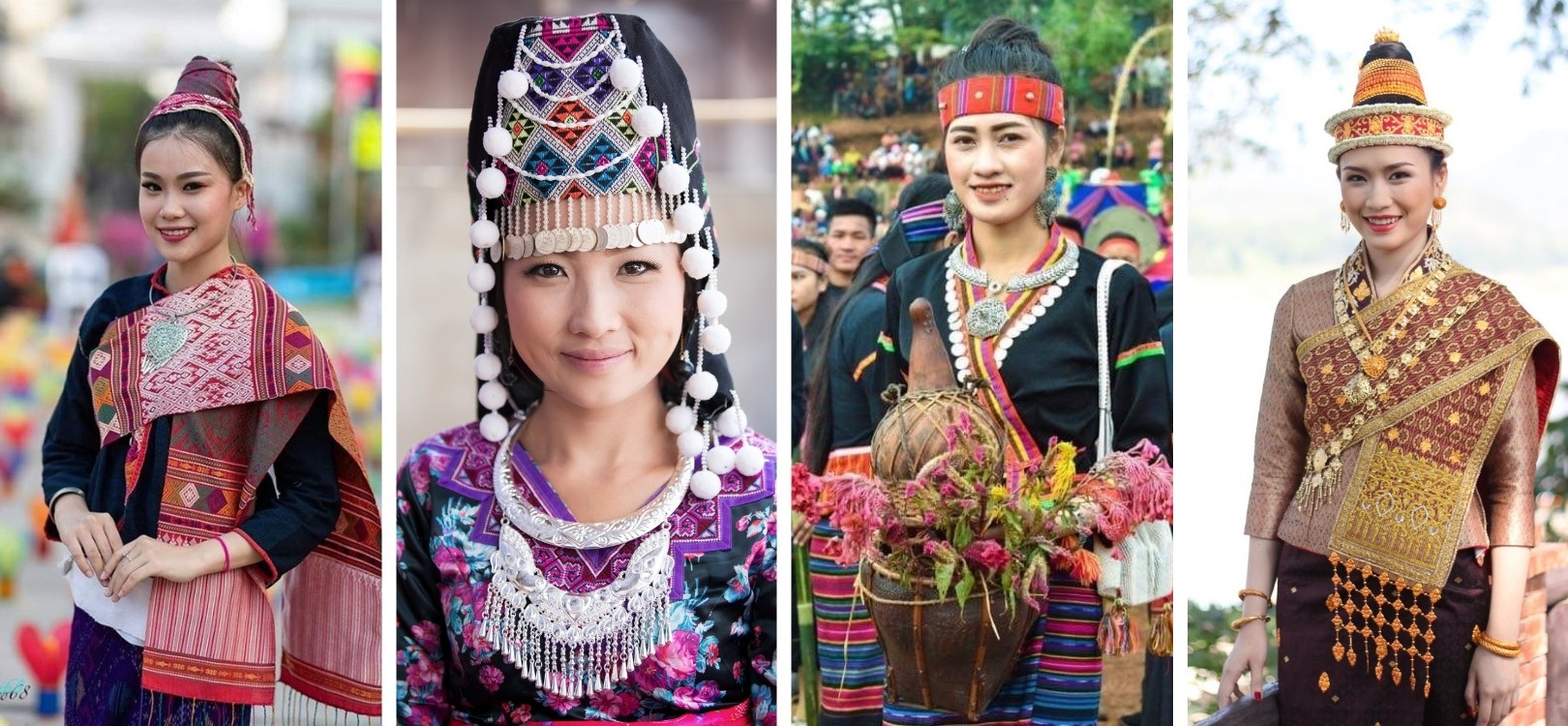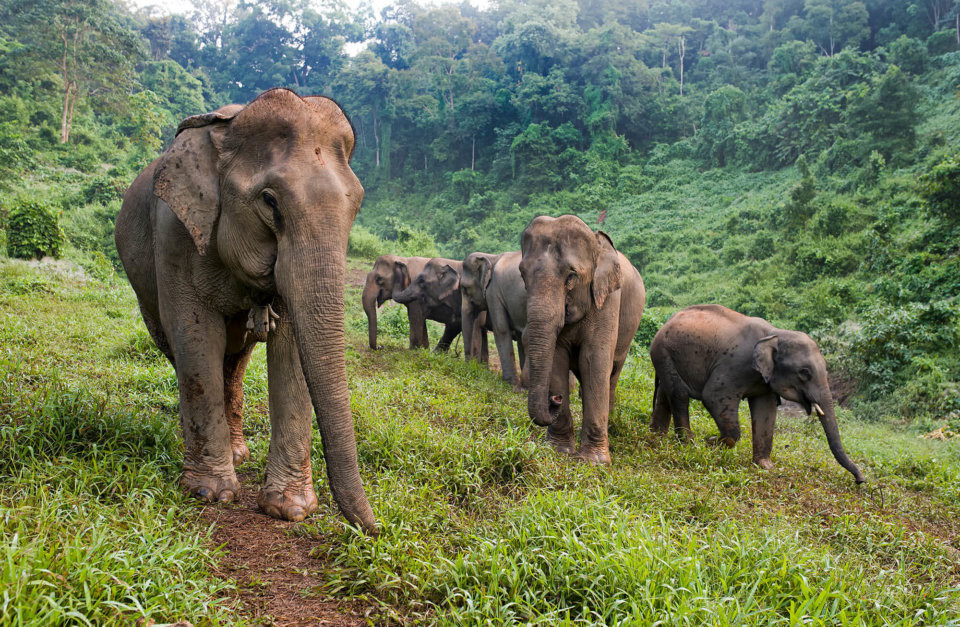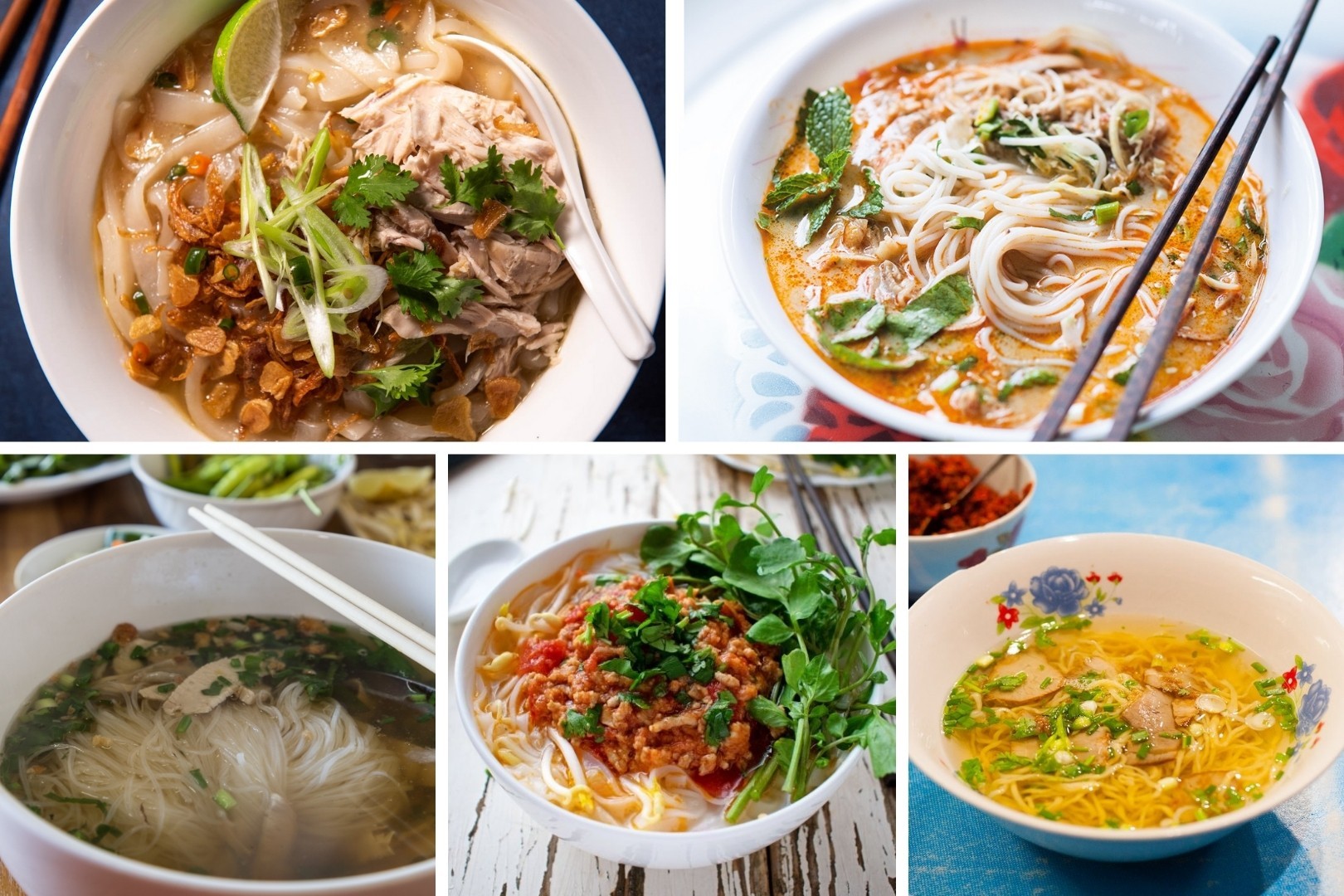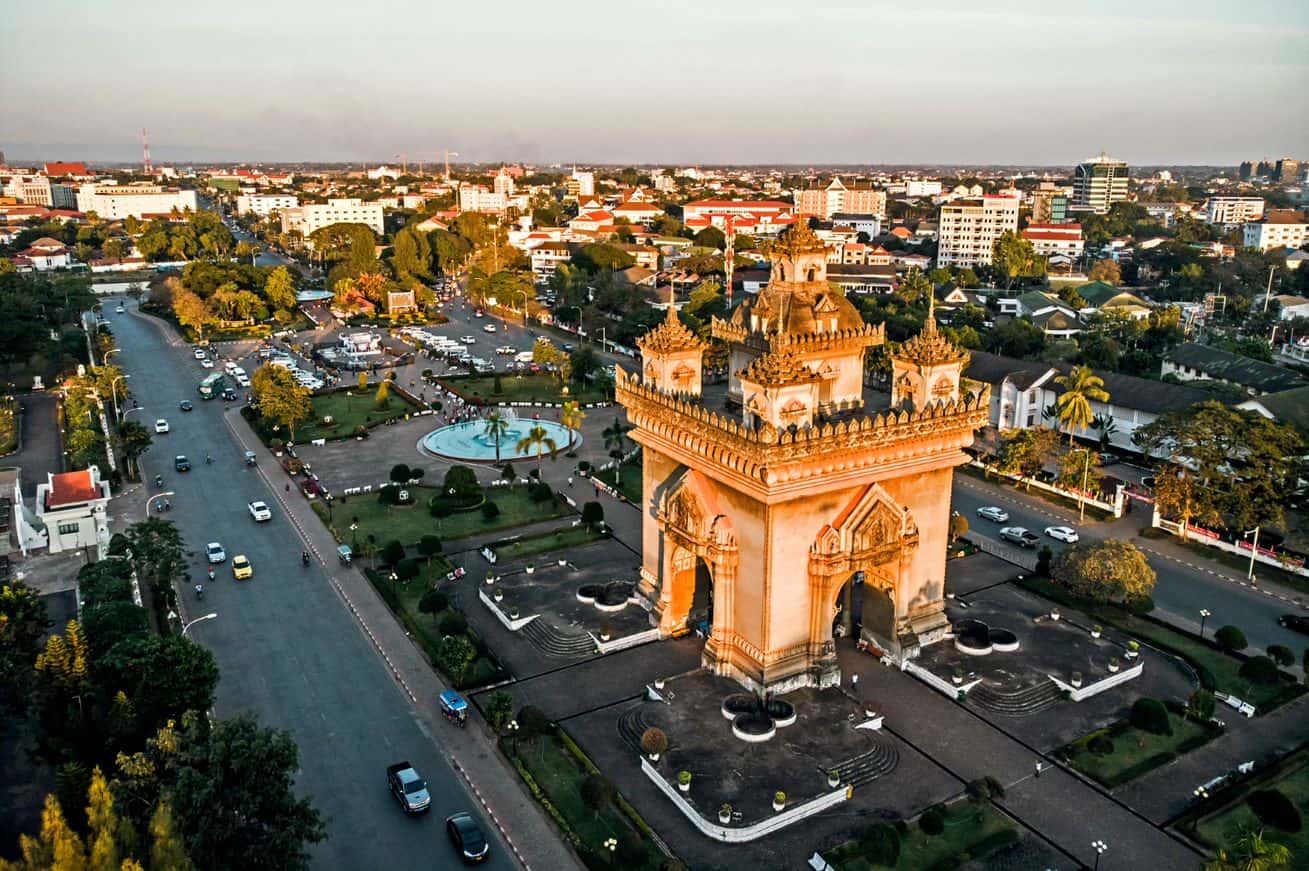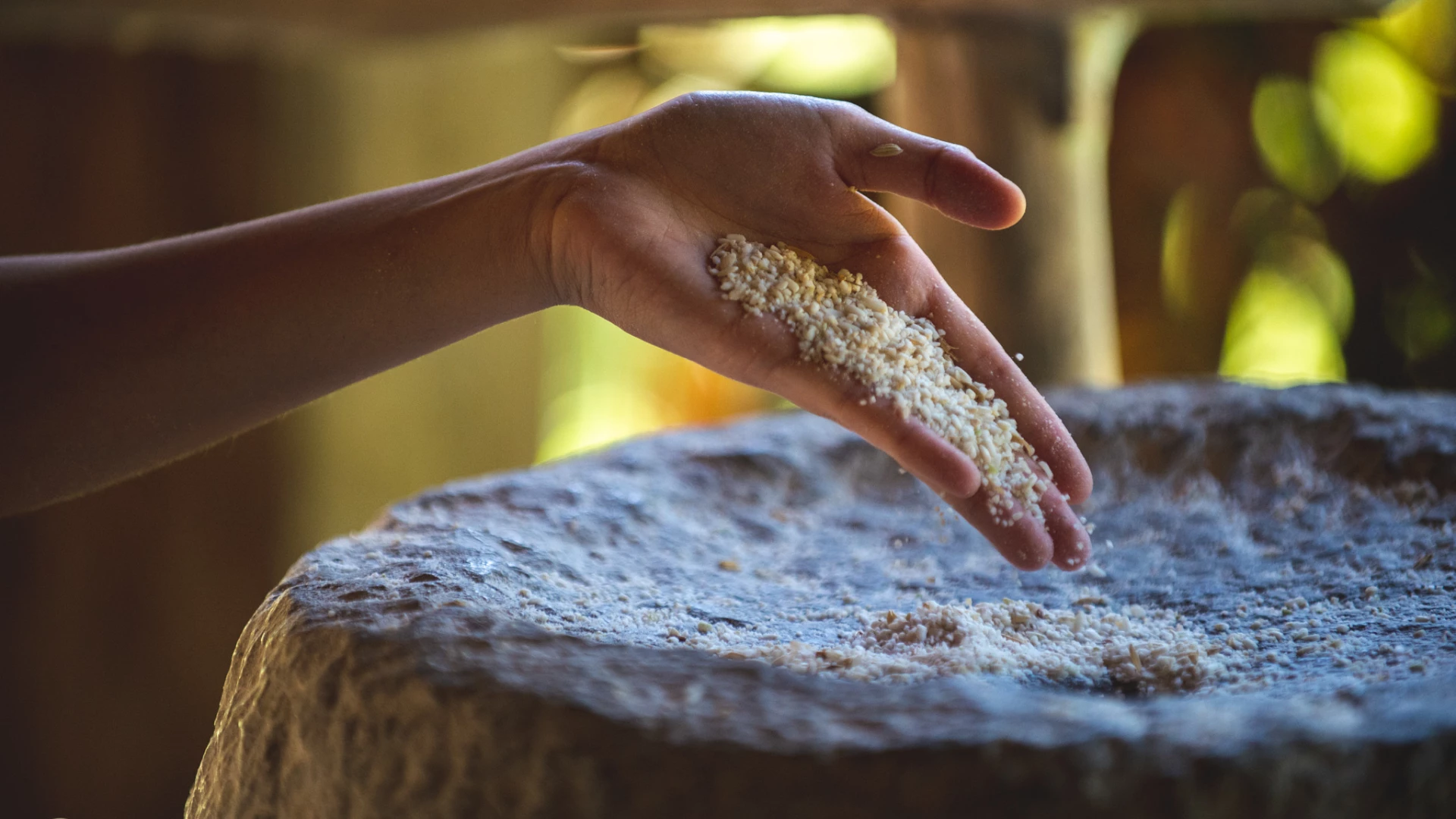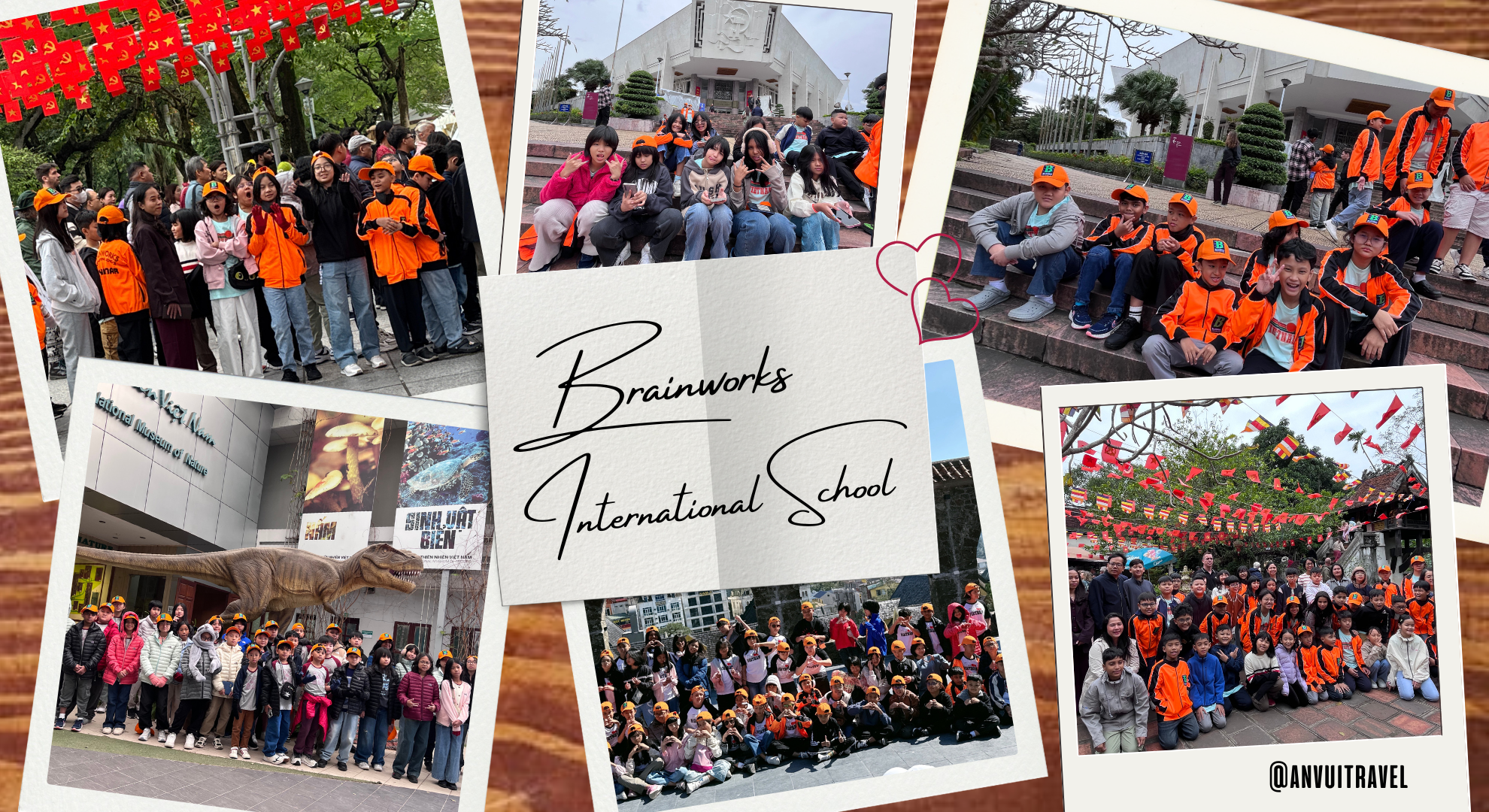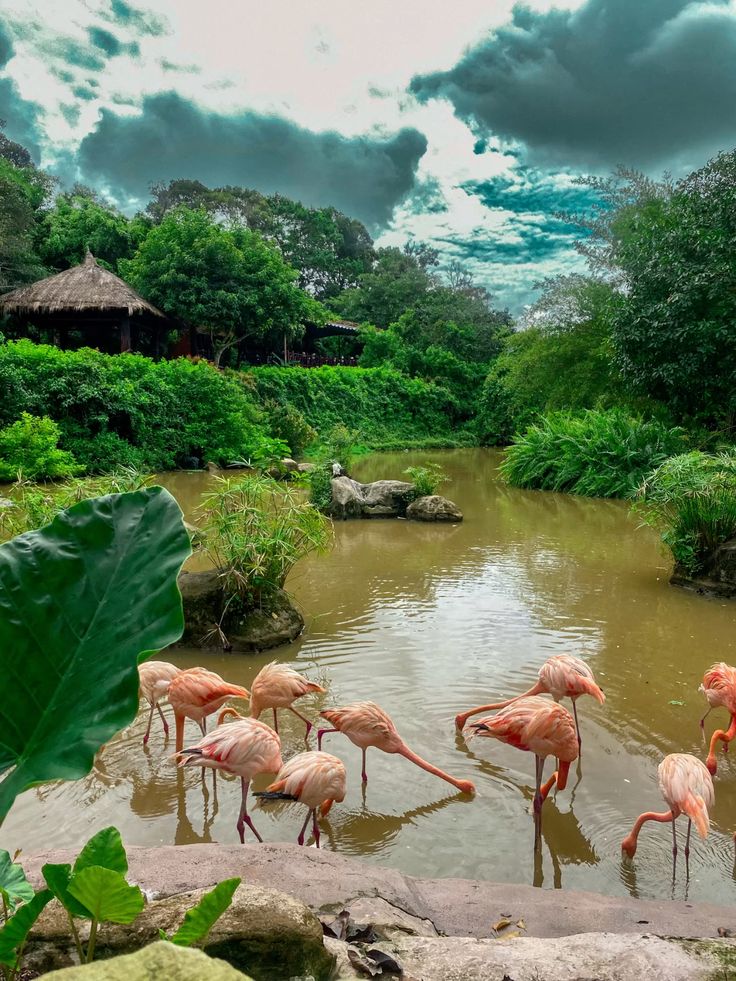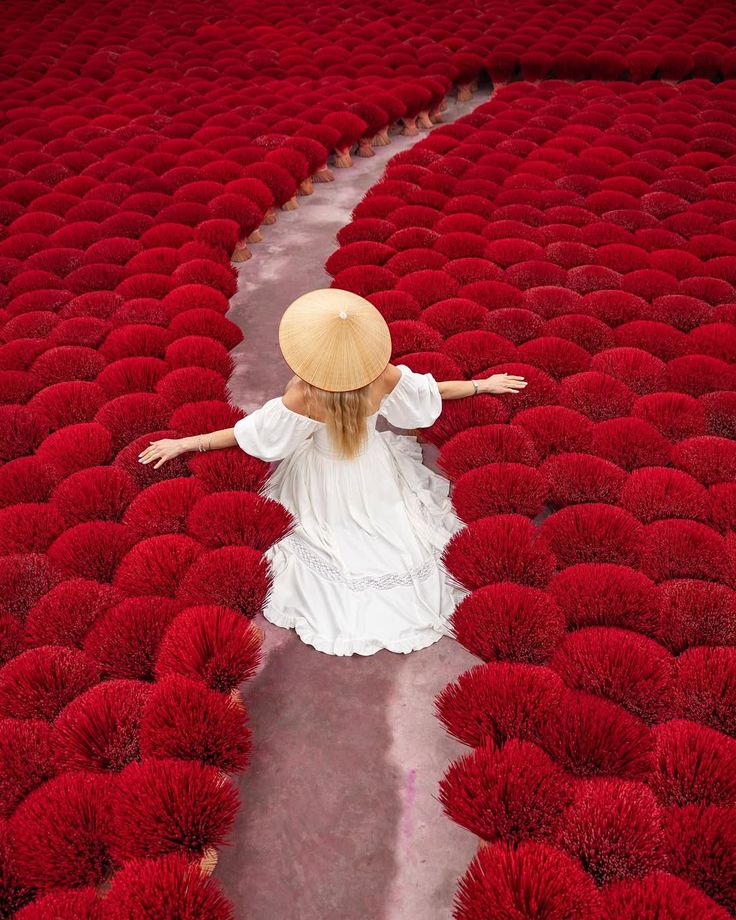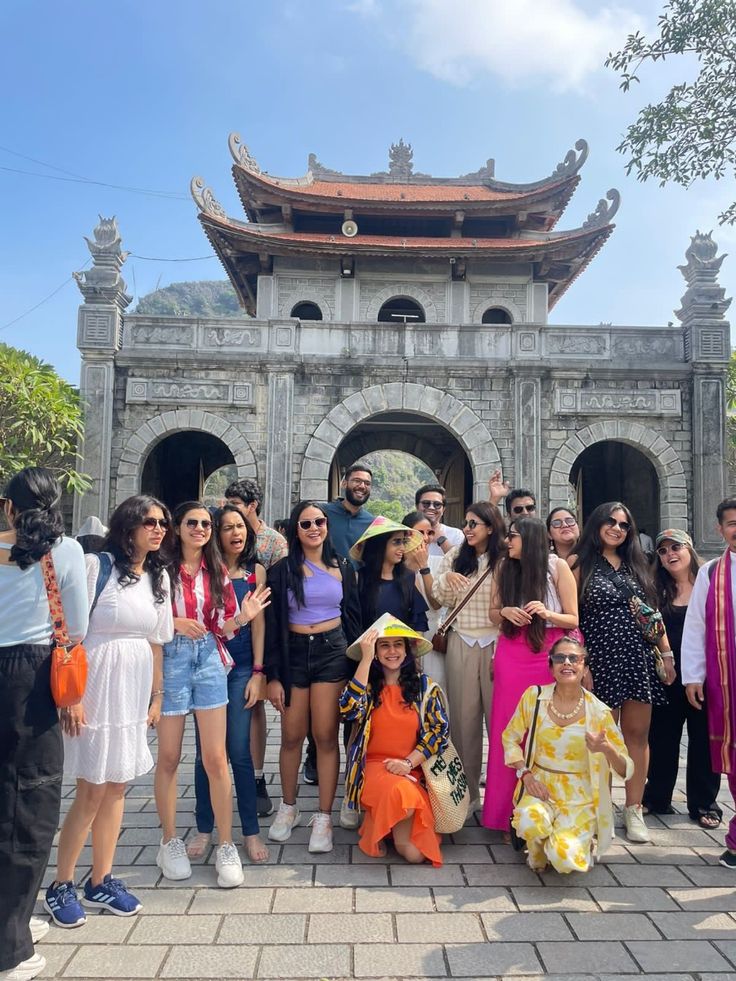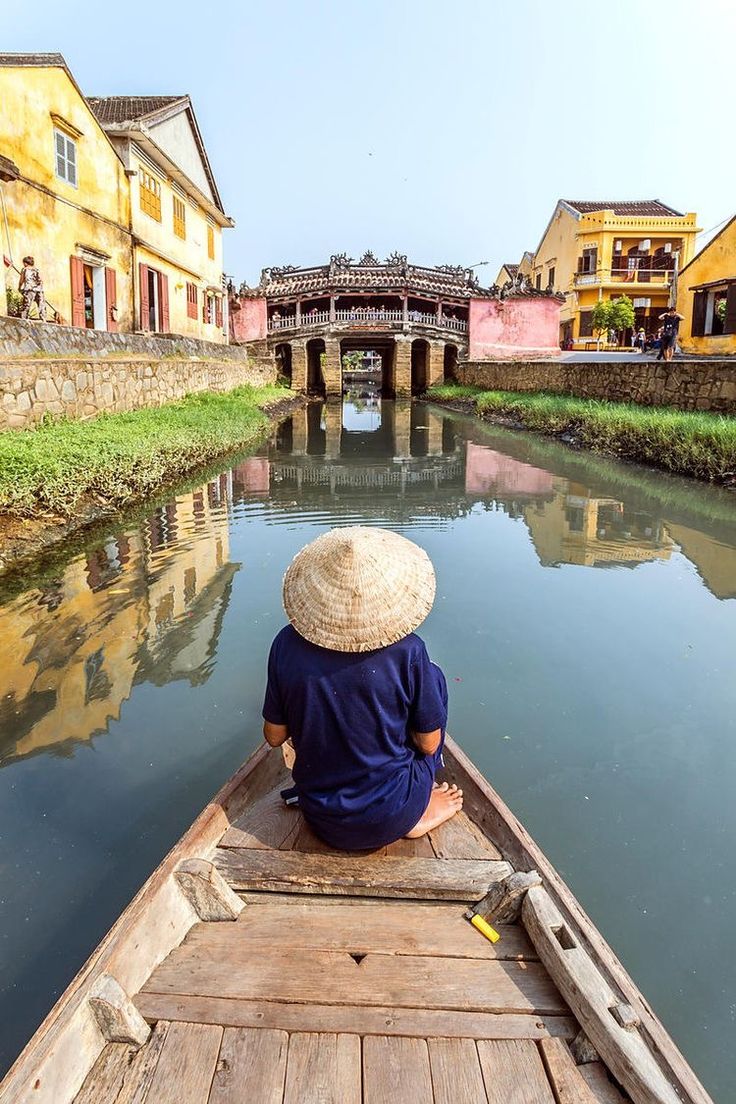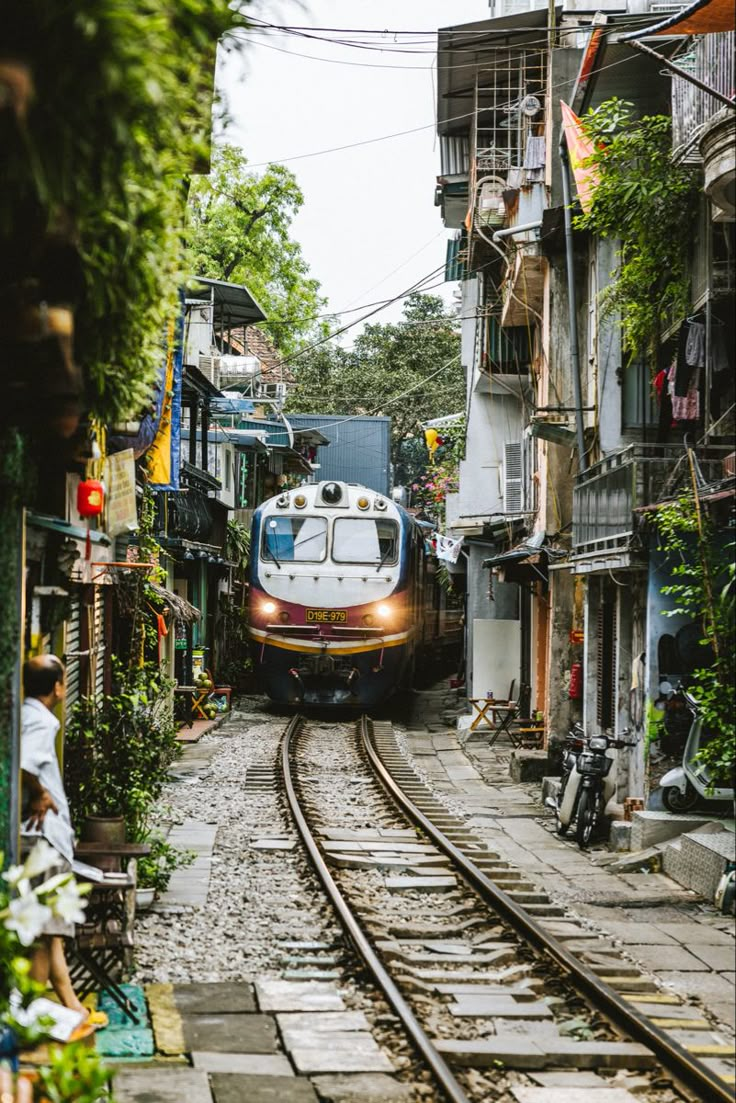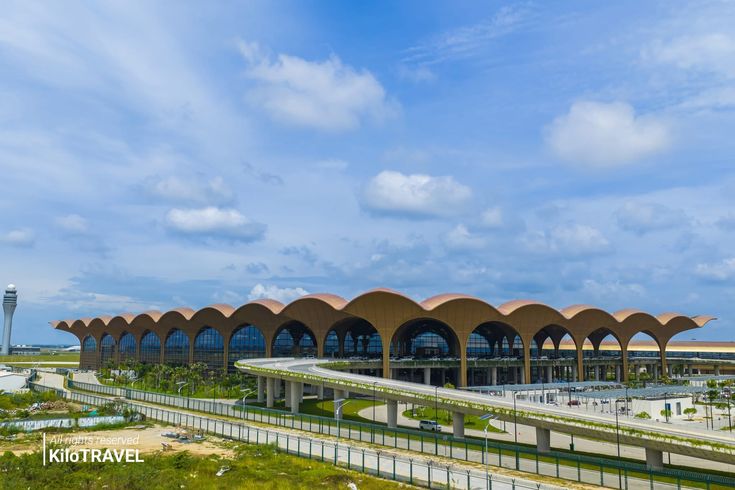Laos is a small country of about seven million inhabitants, tucked away in the heart of Southeast Asia. It is becoming increasingly popular with Western tourists and is renowned for its hospitality, stunning scenery, fantastic sights, and its eponymous beer.
But there is so much more to Laos than meets the eye! Below, we have collected ten surprising facts about Laos to help you discover a little more about this enigmatic country.
1. MOST BOMBED COUNTRY IN THE WORLD
Laos holds the undisputed title of being the most bombed country (per capita) in the world. During the Vietnam War, the United States also waged an illegal ‘Secret War’ against the communist forces of the Pathet Lao and the Viet Cong, dropping more bombs on Laos than all the ordinance used in World War II. Many of these were cluster bombs, of which around 30% failed to explode and still scar the countryside to this day. Evidence of this dark chapter in Laos’ history can be seen all over Laos, especially in the east.
Luang Prabang, Laos
Laos are generally a friendly people and have turned this grim past to their advantage by using bomb casings for everything from barbecues to boats, even incorporating them into some of their home designs.
2. THE WORLD’S BUSIEST AIRPORT
The town of Long Cheng (also spelled Long Tieng or Long Chieng) is home to the CIA airbase of the same name. During the Secret War, it was used as a base for Hmong fighters and CIA-backed American pilots. At its peak, it was the world’s busiest single-strip airport and the second largest city in Laos, but it does not appear on any official maps.
Long Chieng, Xaisomboun Province
The town was captured by communist forces at the end of the war and became a Laotian Army base. It was off-limits to visitors for many years but has opened up to tourism in recent years. It is popular with cyclists and history buffs, and is a great place to see a unique piece of history.
3. LAND-LOCKED OR LAND-CONNECTED?
Laos is the only landlocked country in Southeast Asia, bordering China, Vietnam, Cambodia, Thailand and Myanmar. This was once a huge benefit for Laos as its central location made it a major overland trade hub during the Lan Xang period, one of the largest empires in Southeast Asia from the 14th to the 18th centuries.
In recent history, this has been detrimental to Laos’ economic prospects as global economies began to favor seaborne trade. However, its central location within Southeast Asia may soon give Laos the opportunity to regain its former glory as it strives to become a “land-locked” country and once again become a major trading hub. The country is planning to build a number of international railways and highways to connect Laos’ neighbours, again providing an important overland trade route. So while Laos may be land-locked, you might as well call it ‘land-linked’.
The image displays a map of Laos
4. NOT ALL LAOS ARE LAOS
Although the Lao people are often referred to as ‘Laos’, this is not entirely true. The Lao are an ethnic group that migrated south from China in the first millennium AD, however only 50% of the population are ethnically Lao. The remaining 50% of the population is made up of 49 different ethnic groups, many of which have subgroups and clan affiliations. The term Lao refers to people who have Lao nationality, but may not actually be Lao.
Major Ethnic Groups in Laos, Lao Loum, Lao Soung, Lao Thueng
Laos is one of the most culturally and ethnically diverse countries in the world, and prides itself on these rich traditions. Traditional clothing and crafts are common throughout Laos, often featuring designs or motifs unique to a group, region or even village. It is also one of the most linguistically diverse countries in the world, with a wide variety of traditional languages spoken, especially in rural areas. It is not uncommon for neighbouring villages to speak completely different languages.
5. LAOS IS THE LAND OF A MILLION ELEPHANTS
Modern-day Laos was built on the foundations of the Lan Xang Empire, which literally means a million elephants. It was named so because of the abundance of Asian elephants. Today, there are only about 800 elephants left in Laos, with about half of them living in the wild. The elephant population has declined due to poaching and habitat loss, and is far from the abundant elephant population that gave the Lan Xang Kingdom its name. However, there are many sanctuaries and conservation centers where you can visit and help conserve these gentle giants. With the help of tourists and conservation groups, Laos could reclaim its title as the land of a million elephants.
Laos is the land of a million elephants
6. NOT ALL NOODLES ARE CREATED EQUAL
No matter where you are in Laos, you can find a bowl of pho. But for such a simple and staple dish, Laos has a lot of pho. From Vietnamese pho to Khao Piak and more, almost every province has its own version of this classic dish.
Laos Noddles
Some variations are simply the width of the noodles, while others have completely different broths and base ingredients. Noodles are one of the most popular dishes in Laos, so be sure to try them when you’re here. Don’t forget the local varieties!
7. LAOS DISCOVERIES THAT HAVE REWRITTEN HISTORY
From the oldest human skull ever discovered in Southeast Asia, to a completely new species of dinosaur, and countless ancient remains and artefacts, discoveries in Laos have transformed our understanding of the course of history. Often considered a sleepy little country with not much going on, its contributions to our understanding of the world have had a huge impact on how historians view the past.
New species of dinosaur skeleton stored at Savannakhet Dinosaur Museum
Even today, new species are being discovered in Laos, from microscopic bacteria to vertebrates. For such a small country, it’s impressive to see how it continues to shape the way we see the world.
8. SOUTHEAST ASIA’S FASTEST GROWING ECONOMY
Laos is one of the poorest countries in Southeast Asia, ranking 137th on the Human Development Index. However, it is one of the fastest growing economies in Southeast Asia, growing at an average of around 7% per year over the past five years.
Vientiane Capital
This far outpaces growth in its neighbours and promises a bright future for the Lao people. Much of this growth is due to large-scale projects in mining and hydropower, which generate significant income for this small country. Tourism is also a major part of Laos’ economic growth and by visiting Laos and supporting local businesses, you are playing a vital role in reducing poverty!
9. EAT MORE RICE THAN FOOD
Rice is central to Lao culture, not only as a food source but also playing an important role in many religious traditions. Some Khamu people grow special “mother” and “father” rice varieties on the edges of their fields to signify that their parents are still alive, while rice is often offered to both gods and monks. Rice is extremely important to the Lao diet, accounting for up to 70% of their calories.
Rice is central to Lao culture
But not all rice is created equal. Laos has the highest biodiversity of any rice species and the largest variety of glutinous rice. There are over 3,000 different varieties of rice grown in Laos. Some differences are more obvious, such as black sticky rice, while others are more subtle. Whichever you prefer, all Lao people agree that it is not a proper meal unless there is rice.
10. UNIQUE ANIMALS
A list of things that make Laos special would not be complete without mentioning some of the unique animals of Laos. Laos is home to the world’s largest spider with a leg span of 27cm, the Laotian giant flying squirrel, the Laotian langur, and the Saola, sometimes called the Asian unicorn.
Laotian Langur
Laos is also home to some unique snakes and a large number of geckos unique to Laos. Being a country of rivers, it is also home to many endemic fish species of Laos, including the stilt fish, as the Lao call it, a salamander found in some of the northern provinces. Many of these unique species have only recently been discovered, and the discoveries continue to this day. If you are lucky, you may even spot one yourself!
Anvui hopes that the knowledge shared above will be useful to you. Don’t forget to visit Anvui Travel’s YouTube channel to see wonderful travel moments. Customers are looking for a professional, affordable tour operator. Don’t hesitate to contact Anvui Travel via info@anvuitravel.com or (Hotline): +84 912 683 908!
#Fact #unique #land #Laos #anvuitravel #traveltolaos #tourtolaos #golaos #laostour #laosvisa #travelagent #laostravelagent #vietnamdmc #travelagentinlaos #laoslocaldmc #localdmc #localdmclaos #laostravelexperts #Localdestinationspecialists #laosculturaltours #Customizedtourpackages #Tailormadetravelitineraries #Fullservicetravelprovider #Onestoptravelsolution #Localtouroperator #TrustedDMCpartner #Reliabletouroperations #Sustainabletourismlaos #Responsibletourism #Community-focusedtourism #laosluxurytravel #B2Btravelpartnerships #Travelagencypartnerships #Licensedtouroperatorslaos #Competitiveratesforagents #Cost-effectiveDMCservices #Localsupportforinternationalagents

